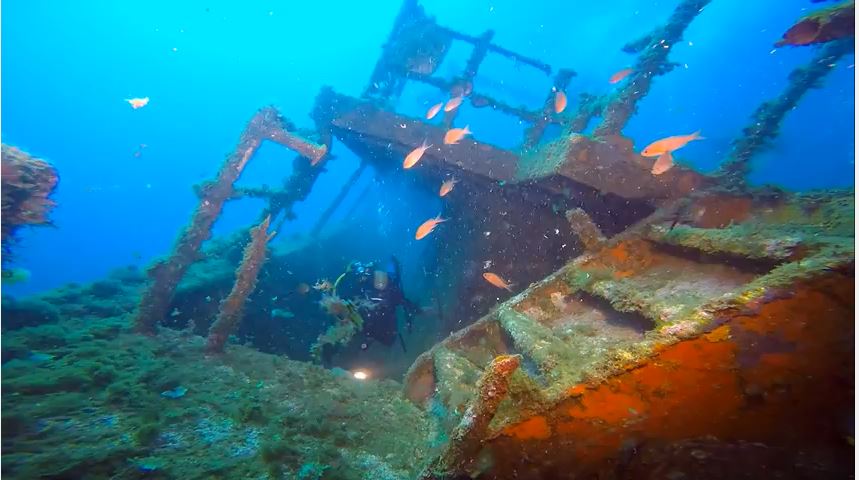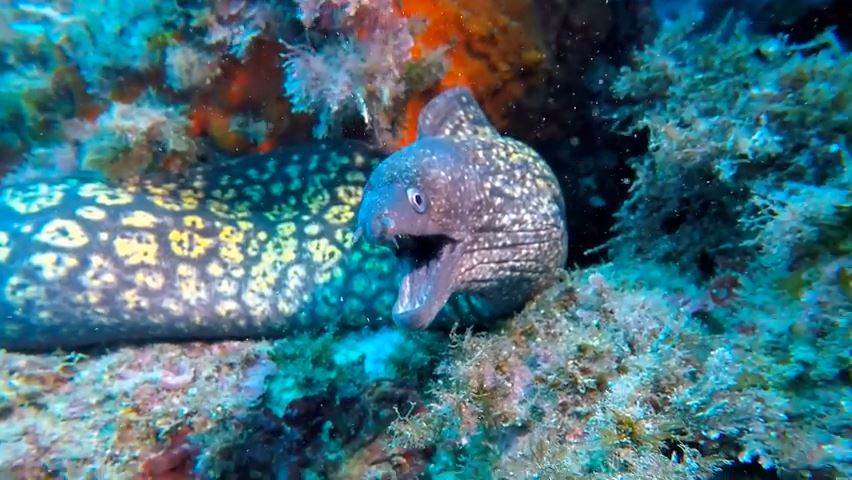After watching this video from AmbassaDiver Manuel Bustelo we had to find out more about the beautiful dive locations in Costa Brava, Spain…
Tell us a little bit more about the location you filmed this video…What would you say is the biggest draw to diving in Costa Brava, Spain?
The biggest draws to diving in Costa Brava are the unique walls inhabited by colourful Gorgonians. Here, Barracudas, Nudibranchs and Groupers often cross your path. There are also some small beaches, surrounded by cliffs and hidden from massive tourist invasions during the summer. They are still, peaceful places with pristine water to relax after your dives.

You always try to raise awareness in conjunction with your diving. Are there any ecological challenges for the underwater environment in Costa Brava?
The Mediterranean has been identified by WWF as one of the most important regions in the world for its outstanding biodiversity features. The Mediterranean sea is the region with the highest percentage of endemic species (species living only in this part of the world) after the tropical seas: 20% of all marine species found here can only be found in this basin.
The main challenge in this specific area is dealing with illegal commercial fishing with little government protection. Mass tourism is another issue, as it occurs in environmentally fragile areas, rich in biodiversity. It’s also hard to believe that until only three years ago the Spanish Underwater Federation organised free-diving fishing competitions along Costa Brava’s coast. This activity greatly decreased Grouper’s population, as it was the main target of these competitions.

Are there any particular dive sites that people should make sure they see when visiting Costa Brava?
I highly recommend Boreas, a WWII shipwreck. The dive begins at 18m with max depth of 32m. Visibility is typically between 10 to 30m. Slightly sitting on the port side and 40m long, this tug boat was sunk in 1989. The wreck is 35m away from the coastal town, Calella de Palafrugell.
Another dive site not to be missed is ‘Los Ullastres’, and is among the most spectacular dive sites on Costa Brava. A pyramid shaped rocky formation which reaches up from from the sea floor to 6m below the surface. It has a wall full of colourful Gorgonians between 20 to 45m depth. Plenty of Moray eels can be spotted here, and Groupers love to hang around! When the water is still cold (November to May) John Dory are often seen.

Do you have a story about this dive?
I remember my buddy’s excitement when we found the Longsnouted Seahorse. There was so much excitement that his sign ended up looking more like a ‘jockey on a race horse about to win the race’ than anything else! The sunrise that opens the movie happened on my birthday. Perhaps nature reserved this awesome b-day present for me, after a great scuba-diving season in Costa Brava.

If you want to find out more about diving in Spain, why not check out our Vacation Spotlight here.